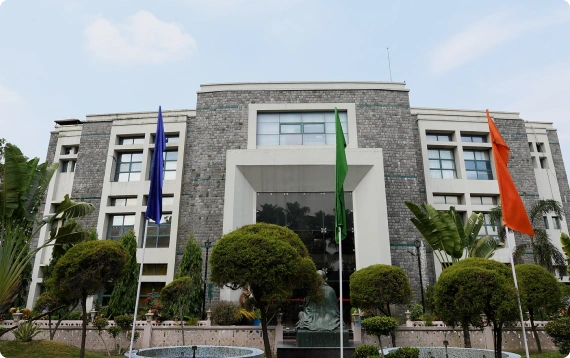Last updated on April 6th, 2024 at 08:20 pm
If you're new to full-stack development, you may wonder where to start. This blog post will introduce you to the basics of full-stack development. You'll learn about the different technologies and tools involved in this field and how to use them to build web applications.
What is a full-stack developer?
Full stack developers are in huge demand by businesses keen to save time and money. An individual who works on a web application's front and back end is known as a full-stack developer. While the back end is in charge of the site's architecture and logic in the background, the front end is in charge of the website's aesthetic appearance and feel.
-
Front-end Development
A front-end developer designed every aspect of a web page, including the logo, search bar, buttons, general layout, and user interface. The website's style and feel are under front-end developers' control.
-
Back-end Development
The back end is the portion of a program that the user cannot view. Back-end developers concentrate on the site's logic, building servers, using databases, and utilizing APIs (Application Programming Interfaces).
Full-stack development tools and technologies

Full-stack developers have a well-rounded understanding of software development and can create applications in multiple areas, including front-end, back-end, and even mobile.
Full-stack developers can often work at startups or medium-sized companies that have a mix of multiple product lines. They may also get employed by larger companies that offer various services, such as marketing, sales, and finance.
Full-stack developers create software used by many departments within a company. For example, they will likely work on the back-end of an application used by sales and support staff to track inventory or manage customer accounts.
Front-end development tools include HTML, CSS, JavaScript etc. They are used to design web pages with visual elements.
Back-end development tools include PHP, Ruby on Rails, NodeJS, etc. They are used to develop the back-end components of an application.
Are These Tools Enough?
You'll also need specific soft talents to make your professional path easy. Problem-solving, tolerance, creativity, rapid learning, capacity to work under pressure, attention to detail, punctuality, and the will to succeed are a few of the needed soft skills for full-stack development.
Being a full-stack developer requires you to be skilled in various areas, making it challenging. To master, it needs effort and time. But if you develop these abilities, you'll have a thriving career in full-stack programming.
Explore a career in full stack development with Imarticus Learning
Our Java Full-Stack Development certification course will teach you database architecture and algorithms. This 6-month program will prepare you for rewarding full-stack developer jobs by teaching you the technical skills of front-end and back-end programming.
Course Benefits for Learners:
- We provide resume writing, profile improvement, workshops to help you prepare for interviews, and one-on-one career counseling as part of our career services.
- Learn well-known tools, including Java, Spring, MongoDB, JavaScript, React, Docker, and Jenkins, and build a solid foundation in data structures.
- Students can now participate in coding hackathons run by our community project Skillenza to solve challenging business issues and stand out on resumes.
Contact us through chat support, or visit one of our training centers in Mumbai, Thane, Pune, Chennai, Bengaluru, Delhi, Gurgaon, or Ahmedabad.











